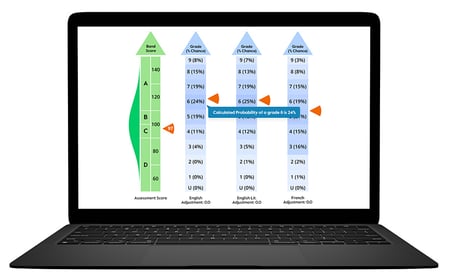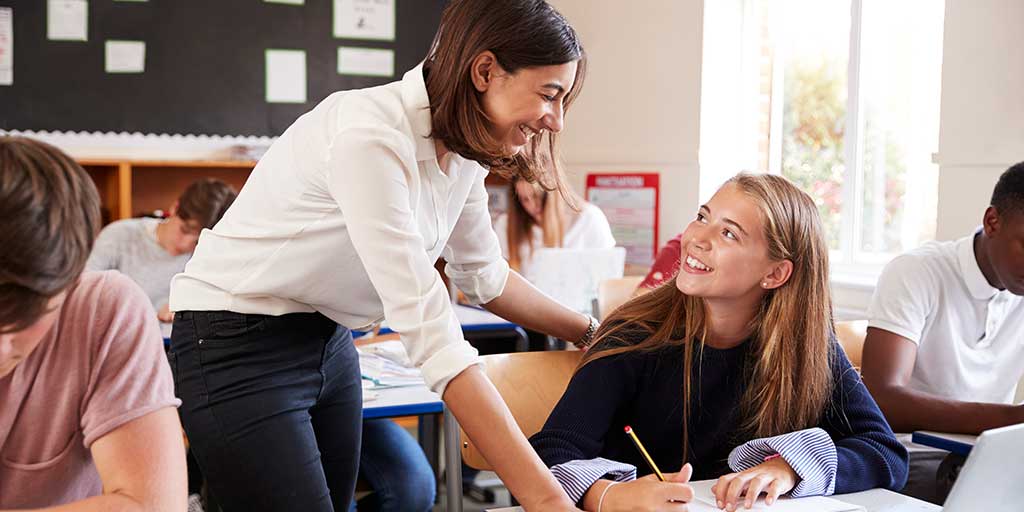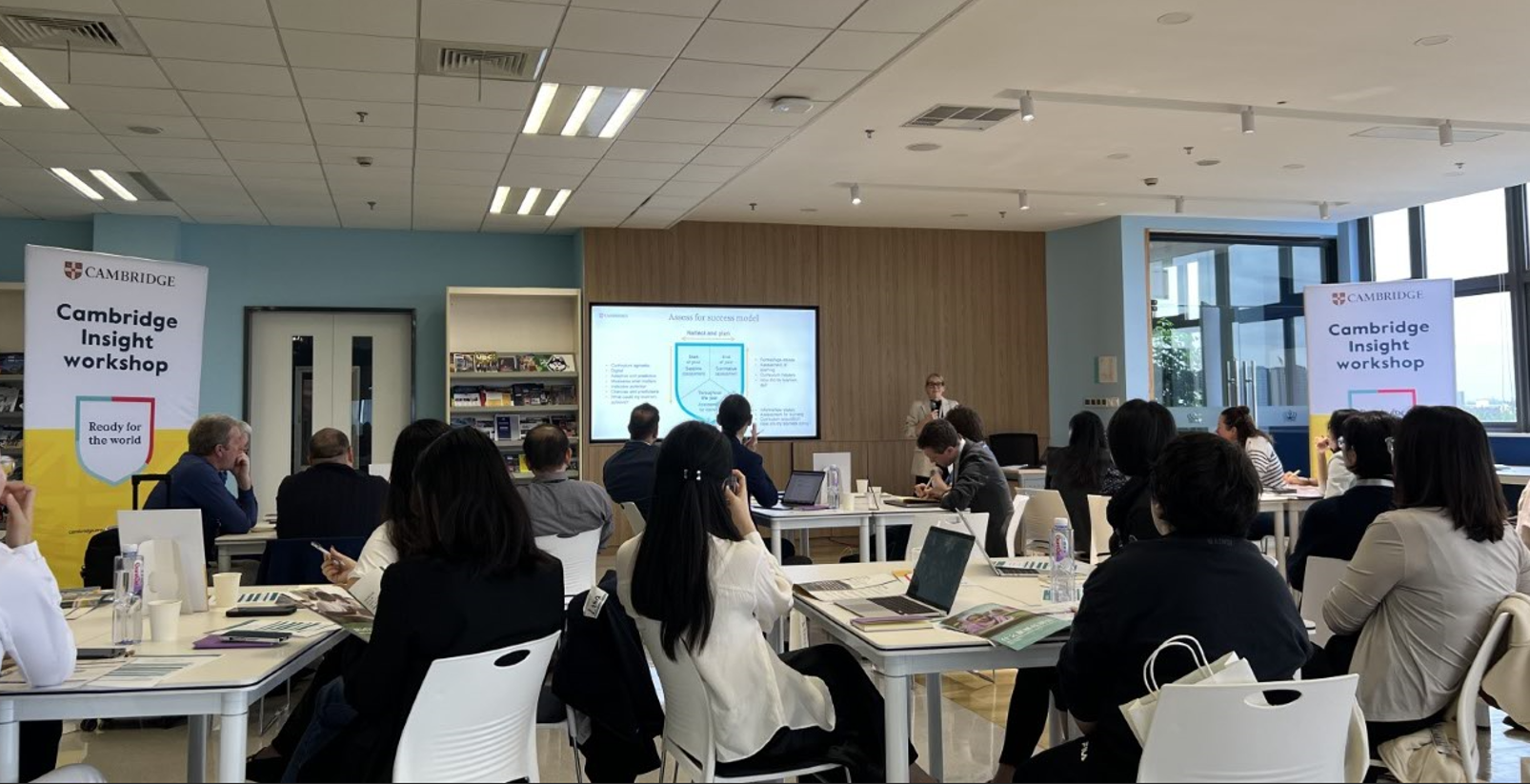Striking a balance between student potential and teacher expectations
As a classroom teacher I had many conversations about flight paths and the validity of GCSE target grades. The data we were presented with at times...

Login | Support | Contact us
Cambridge Insight : Jun 23, 2022 10:13:51 AM
2 min read

Have schools got the ‘perfect’ system where every student achieves the grade they want? Unlikely. There are a number of factors that can get in the way.
However, research shows that students with either high aspirations or high expectations have higher school achievement than those with both low aspirations and low expectations. Further research shows that teachers’ expectations of students make a difference and that student motivation and learning outcomes are affected when teachers express high expectations.
So, is it effective to set high aspirations and expectations for students to influence their future attainment? Can teachers use predictive data to help them set these aspirations and expectations, and in turn, improve student outcomes?
Baseline assessments help teachers and students find out what the student already knows and can do. They help the teacher understand what to expect from the student, make decisions about setting targets and what the best next steps might be.
The insight gained from baseline assessments such as MidYIS or Yellis provide additional contextual information and a framework in which good teaching and learning can blossom.
Aspirations and expectations are not the same thing. The former is about what you wish for, the latter is a belief about what will happen. Students, parents and teachers may hold different views about each.
Setting realistic and challenging targets based on predictive data from a baseline test can help raise student aspiration and teacher expectation. This can help students see what they are capable of and recalibrate a teacher’s impressions.
Teachers should explicitly outline learning intentions, or goals and expectations for students and students should be part of the conversation that sets targets. Students should understand where their challenge grade has come from, what it means in terms of their ultimate performance in examinations, and what is expected of them to achieve that grade. They should be engaged with the reasoning behind their grades, rather than just presenting them with an abstract number. The grades should be relatable and meaningful to them, so they understand how they are derived and what they mean.
A teacher’s best professional judgment in setting targets is informed by a variety of methods.
For example, the performance of their students in class, on homework, unit tests, and progress tests can be used to gauge where each student lies in terms of ability. Experienced teachers have built up a good sense of where each student sits.

However, sometimes, and for many reasons, a teacher’s impression of a student’s potential may not be accurate. So having objective baseline data can help them to reassess.
The MidYIS and Yellis assessments provides predictive data in the form of Chances Graphs, helping teachers to set challenge grades, and thereby help to raise aspirations.
The predictive data shows the statistical probabilities of achieving a range of grades. It is not just a simple, single predicted grade of potential performance. Sharing this information can be an incredibly useful tool in learning conversations with students as well as supporting discussions with parents.
The challenge grades for students should be based on their predicted grade, and include and additional degree of stretch. This should be done using data from a baseline test and the teacher's best professional judgement.
It should be a challenge. It won’t be achieved casually, or without some degree of hard work on the part of the student and the teacher.
We know that a range of factors play a role in shaping how teachers form expectations of students, and how students form expectations of themselves and their potential.
However, used alongside professional judgement, the predictive data and chances graphs can help teachers make better decisions for their students, keep them motivated and on track to succeed.

As a classroom teacher I had many conversations about flight paths and the validity of GCSE target grades. The data we were presented with at times...

Redefining success and planning for a digital future, find out what we learned when we visited international schools on our recent trip to China.

A conversation with Jonathan Allday Jonathan Allday has worked as a teacher, head of department, head of faculty and senior leader in day and...